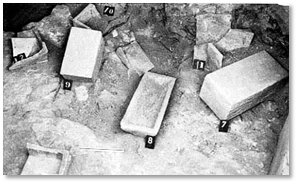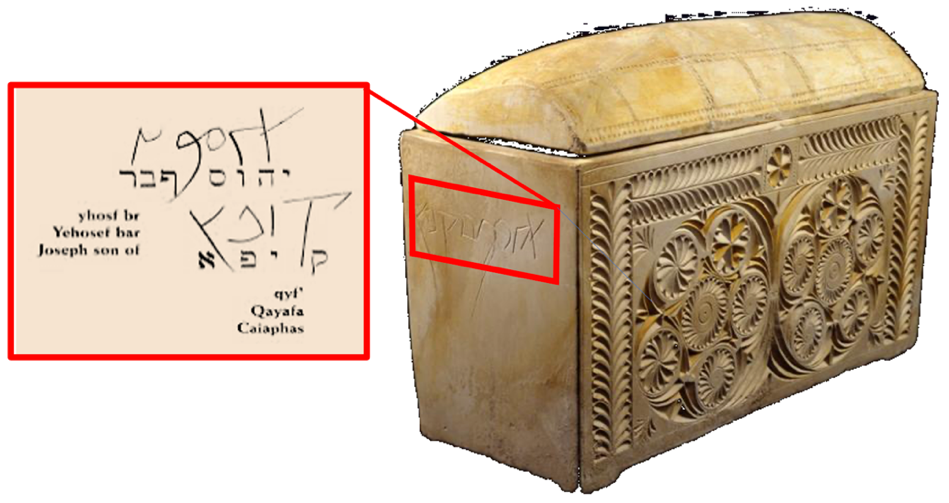At this particular season, Christians worldwide rightly celebrate the resurrection of Jesus Christ. It is inarguably the decisive, defining event which anchors the hope of all believers. Jesus spoke often of heaven, hell, and the afterlife. His resurrection from the dead, the greatest of all miracles, validates all of what He spoke and who He claimed to be, giving far greater weight to His words. Never man spake like this man.
The Bible points out clear evidences of Jesus' resurrection, especially the absence of a dead body. In fact, the disciples' chief adversaries did not reject the fact of the empty tomb, but implicitly accepted it when the chief priests instructed the soldiers, say ye, his disciples came by night and stole him away while we slept. The easiest way to dispel Jesus' resurrection, the mere display of Jesus' body, will never occur. He alone will reveal Himself in that great day.

However, it is curious that the archaeologist's spade found another set of bones, those of Jesus' chief antagonist and judge, the high priest Caiaphas. In November 1990, a bull-dozer digging to build a water park in the Jerusalem Peace Forest hit the ceiling of an ancient Jewish burial cave containing 12 ossuaries, or bone boxes (right). A Christian historian explains ossuaries as "a form of burial used ... in the second temple period, and only in Jerusalem. The process was to bury the body temporarily in a tomb until the body decayed, and only the bones remained. The bones were then placed in a stone box along with the rest of the family in the family tomb. Their use ended with the Roman destruction of Jerusalem in 70 A.D." [1]
One highly ornate ossuary was found. Inside it contained the bones of a man about 60 years of age, along with other skeletal remains of what presumably were other family members. It had the same inscription in Aramaic (the native language of the Hebrews in Jesus day) on two sides of the box: "Joseph, son of Caiaphas" (below).

A biblical archaeologist explains the significance of this find: "Could this be Caiaphas the high priest who presided over Jesus' trial? At first blush it would appear that the answer is no since the inscription identifies the man as the son of Caiaphas. But Josephus identified the man who presided as high priest in Jesus' day as 'Joseph Caiaphas.' Josephus said he held this office from AD 18-36 (Jewish Antiquities, 18:35). Later, Josephus refers to him as 'Joseph who was called Caiaphas of the high priesthood' (Jewish Antiquities, 18:95). Apparently, Caiaphas was the high priest's surname, which became his nickname. This is similar to the Herod family. 'Herod' was the surname by which multiple sons of Herod were identified." [2] Furthermore, the ossuary is as ornate as might be expected from someone of his rank and family. The evidence is compelling.
The irony is supreme. We have Caiaphas' bones, but not Christ's! Jesus answered and said unto them, Destroy this temple, and in three days I will raise it up. When therefore He was risen from the dead, His disciples remembered that He had said this unto them; and they believed the scripture, and the word which Jesus had said.
[1] https://tentmakingchristianity.com/what-you-should-know-about-the-caiaphas-ossuary/
[2] https://theosophical.wordpress.com/2011/09/21/biblical-archaeology-41-caiaphas-ossuary/
Like this? Consider sharing it to Facebook by clicking the linked icon below.
